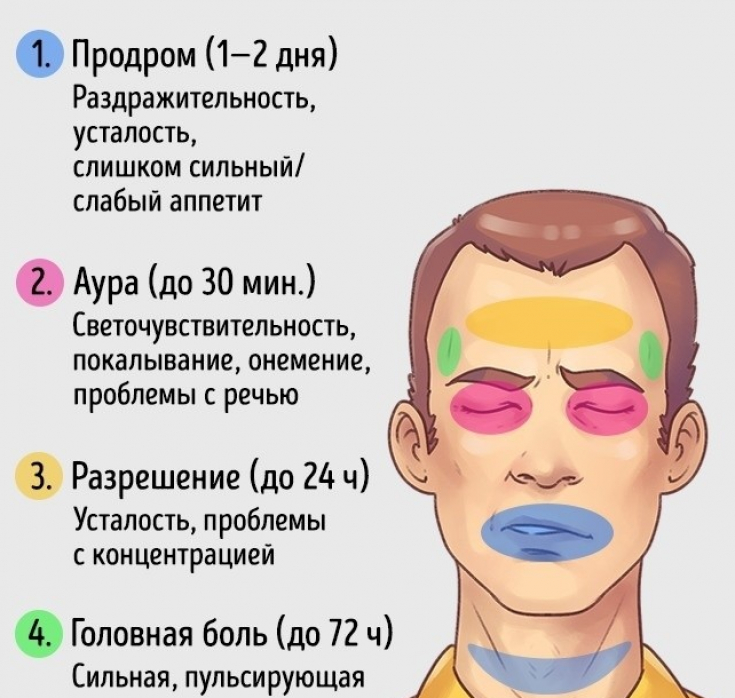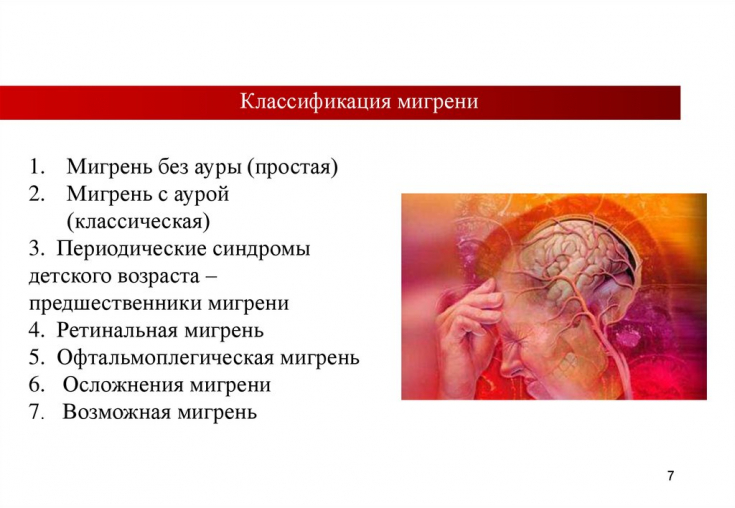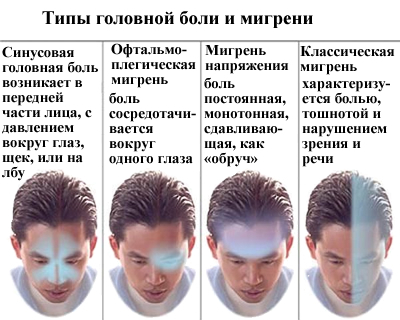Migraine is a common chronic neurological disease. For decades, the most commonly prescribed drugs for the treatment of migraine and its attacks have been serotonin receptor agonists − triptans.
However, 34% of patients fail to respond to such therapy, 30-40% experience recurrent migraine attacks, and 52% experience adverse reactions from triptans.
Learn in the article on estet-portal.com about the latest clinical studies on the effectiveness of the drug for the medical treatment of migraine.
Main problems in the treatment of migraine
Poor efficacy of medical treatment for migraine results in delay or withdrawal of therapy in two-thirds of patients. 3,500,000 out of 40 million Americans are advised not to use triptans for migraine treatment or are advised to take them with caution due to cardiovascular side effects (vasoconstriction).
Follow us on Instagram!

In The New England Journal of Medicine American scientists have published the results of studies on the efficacy and safety of a new oral receptor antagonist Calcitonin Gene-Related Peptide (CGRP) in patients with migraine.
Botulinum toxin in the treatment of migraine
CGRP affects the pathophysiological features of migraine. Previous studies have found that hepants − small molecule CGRP receptor antagonists found to be effective in patients who did not respond to migraine treatment with triptans.
Methodology of the study of a drug for the treatment of migraine
Oral dosing of rimedjepant was evaluated in a Phase IIb study. This drug at a dose of 75 mg was superior to placebo in the elimination of pain, nausea, photophobia and phonophobia 2 hours after its administration and showed a sustained effect after 24 and 48 hours. dose of 75 mg for the treatment of migraine compared with placebo.
What is the danger of migraine during pregnancy
Patients with migraine with or without aura who met the criteria for The International Classification of Headache Disorders, 3rd edition, were selected for the study. Participants were required to have a 1-year history of illness with onset before age 50, 2-8 migraine attacks per month of moderate to severe intensity, headache of any intensity on less than 15 days per month during the previous 3 months. individuals who received migraine prophylactic drugs were required to have taken a stable dose for at least 3 months prior to the start of the trial.

Patients with a history of alcohol or drug abuse and substance use disorders were excluded from the study due to an excessive risk of adverse events that could interfere with the assessment of the safety and efficacy of a migraine drug.
Botulinum toxin in the treatment of chronic pain
Over two years, 1186 patients participated in the study (594 patients used rimedjepant, 592 minus; placebo). The demographic and clinical characteristics of both groups were similar. 99.4% of patients were able to complete the studies. The overall mean age of the patients was 40.6 years, and 88.7% of the participants − women. The modified patient population (who were selected to evaluate the effectiveness of the drug) included 1072 people (734 * minus; migraine with aura, 333 * minus; migraine without aura).
Among these patients, the most unpleasant symptom, apart from pain, was photophobia in 51.9%, nausea − in 29.6% and phonophobia − at 15.3%.
Remedjepant Study Results for Migraine Treatment
After 2 hours, 19.6% of patients in the rimedjepant group had no headache compared to 12% in the placebo group (7.6% absolute difference; 95% confidence interval). The most unpleasant symptom disappeared after 2 hours in 37.6% of patients in the drug group compared with 25.2% of patients in the placebo group (12.4% absolute difference).
Light Head or Botulinum Therapy for Migraine
Analysis of secondary endpoints revealed that 2 hours after taking rimedjepant, photophobia disappeared in 37.4% of patients compared with 22.3% after placebo, and phonophobia − in 36.7 and 26.8%, respectively. After 2 hours, pain intensity decreased in 58.1% of patients in the drug group compared with 42.8% of patients after placebo. The percentage of patients without nausea 2 hours after drug or placebo did not differ significantly between treatment groups (48.1% in the rimedjepant group and 43.3% in the placebo group).

Scientists have found that 2 hours after rimejepant, headache and the most unpleasant symptom of a migraine attack disappear in a larger number of patients compared to placebo. Further studies are needed to determine the effect of this drug on a series of migraine attacks and to determine the safety and efficacy of the drug compared with other treatments for migraine.
A terrible poison or an invaluable medicine: botulinum therapy in the treatment of migraine







Add a comment